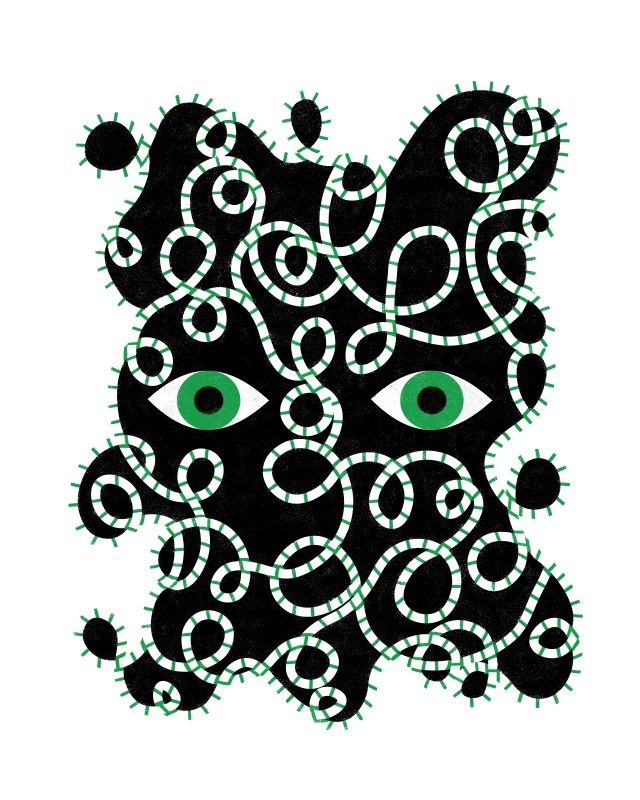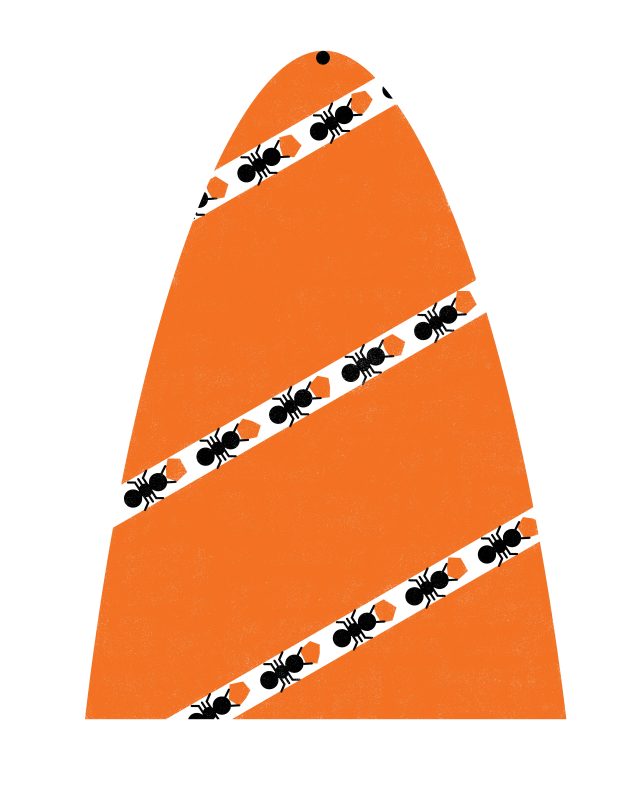Fully Entering the Way
What we call “taking refuge” consists of fully entering the Way. It’s a commitment with one’s entire being to walk in the footsteps of the Buddha, an example of openness, to listen to the dharma and its teachings, and to lean on the community of all those who practice Buddhism.
It’s a very powerful act, and more so because it makes us get out of our usual habits. In fact, we take refuge every day, whether in pleasure, in social success, in power, or in a political party. . . . The Buddhist Way invites us to take refuge in openness and in accepting that to do this we must transcend all rigid identities.
In reality, there’s no path that is already plotted, or a highway to guide our lives. Nobody is in this sense “Buddhist”—a recent term, which didn’t exist in the ancient texts. It’s simply possible, following the Buddha, to cultivate presence, gentleness, and clarity.
Committing to this path is not an act that we can carry out once and for all, like a “conversion” or a baptism, but an act that must be renewed each day.
From The Pure Joy of Being, by Fabrice Midal © 2017. Reprinted with permission of Shambhala Publications (shambhala.com). Fabrice Midal, a professor of philosophy at the University of Paris, teaches dharma throughout France and Europe. He is the author of several books on Buddhism, meditation, and religion, including a biography of the iconic Tibetan Buddhist teacher Chögyam Trungpa.
A Nurse’s Story
The other day, a young woman visited me and talked about her life. She seemed very kindhearted. She had felt taking care of sick people was her calling and had become a nurse. In the beginning, she completely devoted herself to her work. However, after she got accustomed to her job, she noticed one day that she was thinking about where she wanted to go on her next vacation right in front of a patient who was suffering with pain from cancer. She was shocked to discover this aspect of herself. She thought she could not be qualified to be a nurse because of her egocentricity and lack of compassion toward the person in front of her. So she quit her job.
As I was listening to her story, I thought she was a very gentle and sincere person, but if nurses had to live up to her ideal image, I don’t think anyone in the world could qualify as a nurse. The most important practice is to see that thoughts springing up in our minds are merely secretions and then, here and now, wholeheartedly take care of the sick person. Although various thoughts come up in our minds, if we’re not caught up in them, we are able to care singlemindedly for someone who is ill— and we can be good nurses.
From Deepest Practice, Deepest Wisdom: Three Fascicles from Shobogenzo with Commentaries, by Kosho Uchiyama, translated by Daitsu Tom Wright and Shohaku Okumura © 2017. Reprinted with permission of Wisdom Publications (wisdompubs.org). Kosho Uchiyama (1912–1998) was a Soto Zen priest and origami master who wrote more than 20 books, including Opening the Hand of Thought: Foundations of Zen Buddhist Practice.
Lead Yourself to Freedom
There’s a Buddhist saying that says: “You tie the nose-rope on your own head.” Animals who are being led usually have the nose-rope, so it’s our teachers’ way of saying that you don’t let another person lead you. You’re not dependent upon another person, but you exercise your own ability and freedom. [Mind training allows you to go] from being entirely dependent to free: to creating and molding your own experiences and aspirations.
From “Mindrolling Jetsün Khandro Rinpoche—Mind Training in Buddhism.” YouTube video, 1:56. Posted by Study Buddhism, upload November 9, 2017. youtube.com//watch?v=AOBRTQdu9Y4. Jetsün Khandro Rinpoche is an international dharma teacher in the Kagyu and Nyingma lineages of Tibetan Buddhism. She is the founder of the Samten Tse Retreat Centre in Mussoorie, India, and Mindrolling Lotus Garden Retreat Centre in Virginia.

Karmic Entanglement
Human life is kind of like a bunch of tangled thread. The pure energy of life arises as the incipient moment, but in the second moment something happens. All of a sudden that energy is twisted. Lots of threads are tangled in to knots and many problems come up: pain, suffering, emotions, and difficulties with human relations. We cannot escape this human situation; we have to handle these knots. . . .
Accepting and taking care of your knotted life as Buddha means you accept full responsibility for your life—no excuses! This is the point we have to constantly surrender ourselves to. When you see a knot, before you start to analyze it, surrender yourself to the whole world, and vow to use your life for the sake of others. Then open yourself, and accept that knot with warm-heartedness. Handling a knot like this, you take best care of a knot and work on it in the realm of the whole world. Finally the knot comes into your life, and you come into the knot’s life without any gap. When knots are not separate from you, knots turn into Buddha.
From The Light that Shines Through Infinity: Zen and the Energy of Life, by Dainin Katagiri © 2017. Reprinted with permission of Shambhala Publications (shambhala.com). Dainin Katagiri (1928–1990) was a Zen Buddhist teacher in the Soto Zen lineage, founder of the Minnesota Zen Meditation Center, and the author of several books, including Returning to Silence and Each Moment Is the Universe.
One Step at a Time
It is extremely difficult to accomplish an important task all at once, but even the hardest can be accomplished by undertaking it gradually, like the case of an ant and its nest.
From “Root Verses of A Garland of Jewels,” by Drogön Chögyal Phagpa, as published in Freeing the Heart and Mind, Part Two: Chögyal Phagpa on the Buddhist Path, by Sakya Trizin © 2018. Reprinted with permission of Wisdom Publications (wisdompubs.org). Sakya Trizin is the 41st throne holder of the Sakya school of Tibetan Buddhism.

Practicing Praise
It is generous to compliment another. It shows we’re not verbally stingy. When we are emotionally frugal, even if people in our life do something magnificent, we are either too self-absorbed or maybe too jealous to compliment them. By handing over power through praise we demonstrate magnanimity, recognizing and confirming another person’s good qualities.
Although praise is focused on someone else, it highlights your own good character. First, praise shows you’re capable of going beyond self-absorption. You’ve extended yourself through a gesture of appreciation. Second, it shows that you understand the qualities of good and worthy actions. If you compliment your friend for finishing her exam, it shows respect for knowledge. Complimenting your brother for helping a sick friend shows respect for compassion. Praising your daughter for making her bed demonstrates that we value work and discipline.
Praise comes from confidence in our own worthiness, through which we are empowering others. It increases their energy and self-esteem. By encouraging other people to do good and beneficial acts, we are engaging in society, strengthening its moral and ethical fiber.
In society and in a relationship without compliments or praise, our desire to do better is diminished because our work is taken for granted. If we refrain from giving praise because we think it will go to someone’s head, we should realize that conversation may not be the time to teach humility. But withholding praise that has been earned can signal our desire for control or our emotional stinginess. If we can’t bother with an opportunity to uplift someone’s day with a few simple words, perhaps we’re just too insecure.
From The Lost Art of Good Conversation, by Sakyong Mipham © 2017. Reprinted with permission of Harmony Books, an imprint of Crown Publishing Group (crown publishing.com). Sakyong Mipham is the head of Shambhala International, a global Buddhist network of meditation and retreat centers. His books include Turning the Mind into an Ally, Running with the Mind of Meditation, and The Shambhala Principle.
Thank you for subscribing to Tricycle! As a nonprofit, we depend on readers like you to keep Buddhist teachings and practices widely available.
